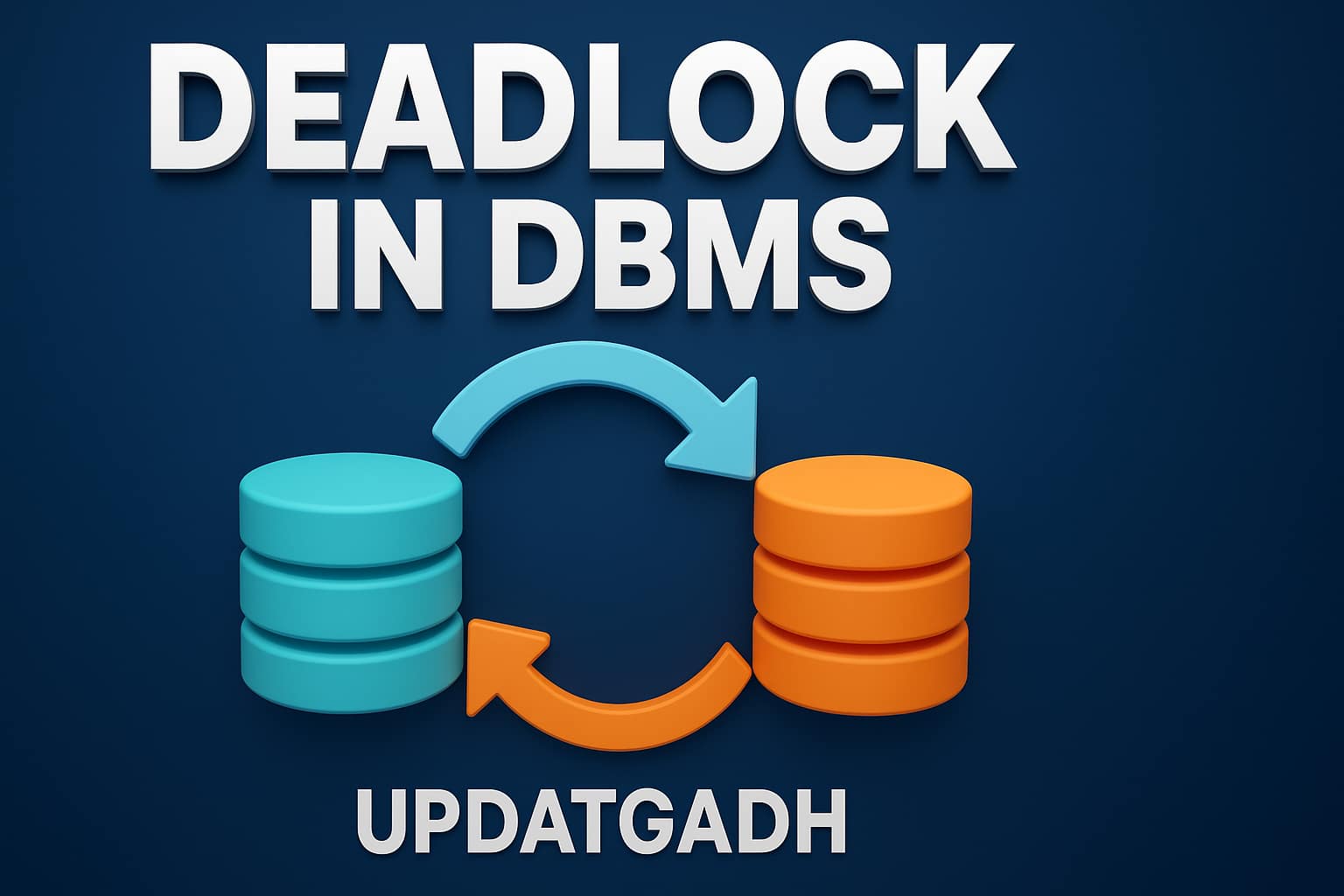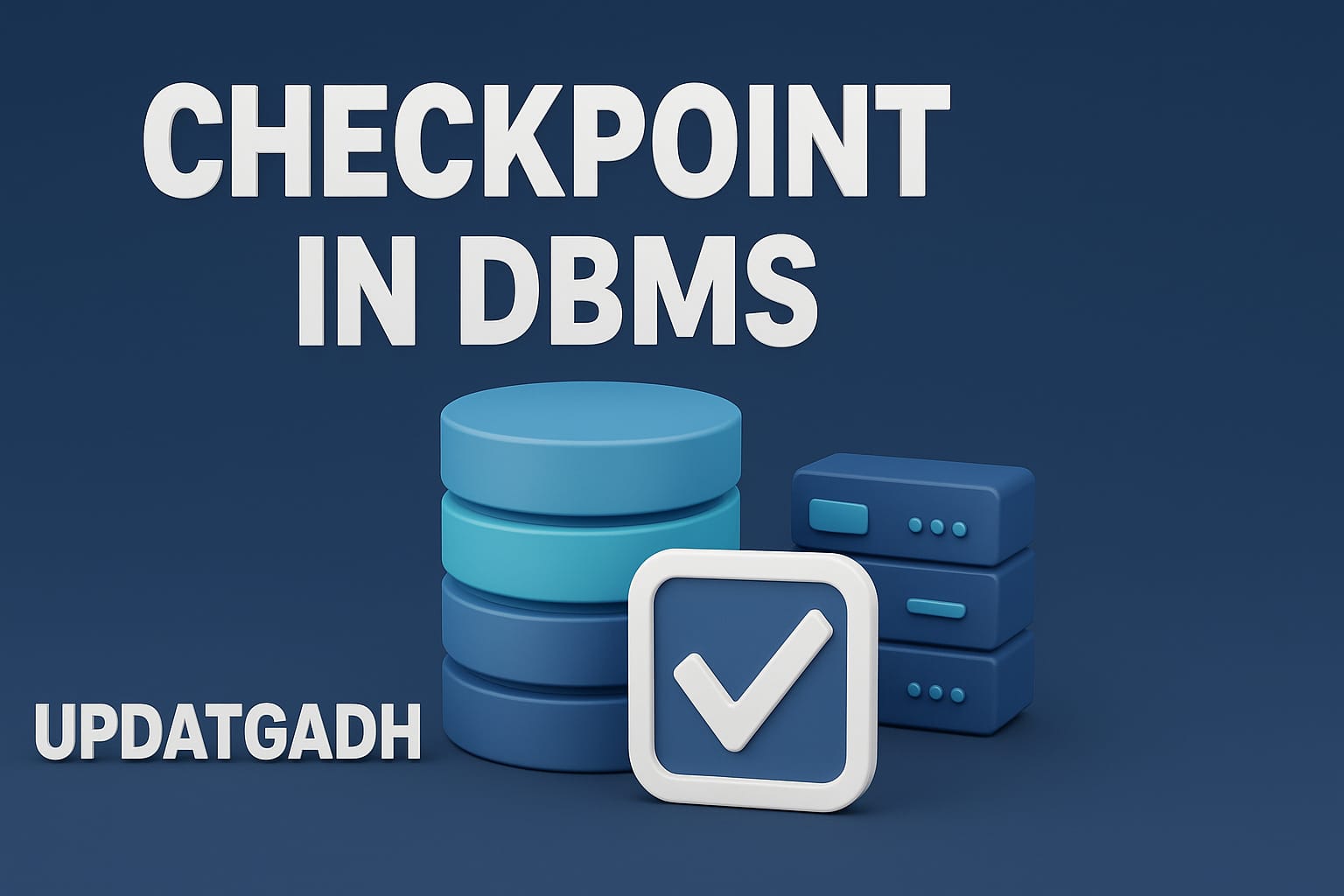
Types of Databases
Types of Databases
What is a Database?
In today’s data-driven world, the term database is everywhere—but what exactly does it mean?
At its core, a database is an organized collection of data stored electronically and accessible in a structured format. Databases are managed by Database Management Systems (DBMS), allowing users to efficiently store, retrieve, and manipulate data.
Machine Learning Tutorial:-Click Here
Data Science Tutorial:-Click Here
Complete Advance AI topics:- CLICK HERE
Deep Learning Tutorial:- Click Here
Purpose of a Database
Databases aren’t just about storing information—they play a crucial role in multi-user access, data consistency, and efficient data operations. Here’s why they matter:
- Give data storage and retrieval a methodical methodology.
- Allow several people to access the same data without encountering any issues..
- Manage concurrency control to prevent data clashes during simultaneous updates.
- Deliver customized views to different users based on roles and requirements.
Compared to traditional file systems, a database offers better security, flexibility, and independence from specific applications.
Different Types of Databases
Let’s examine the many kinds of databases and their traits, applications, benefits, and drawbacks.
1. Centralized Database
A Centralized Database stores all data in one single location—usually on a central server. Users from various locations access the data through secure applications.
Example: A centralised catalogue system for academic libraries.
✅ Advantages:
- Simplified data management.
- High data consistency.
- Lower cost due to fewer vendors.
❌ Disadvantages:
- Slower response time for large databases.
- At risk of complete data loss in the event of a server failure.
2. Distributed Database
In contrast, a Distributed Database spreads data across multiple servers in different locations. All systems are interconnected via communication links.
Example: Apache Cassandra, HBase.
Types:
- Homogeneous: Same OS and DBMS across systems.
- Heterogeneous: Varying OS, DBMS, and hardware.
✅ Advantages:
- Modular scalability.
- Fault tolerance.
❌ Disadvantages:
- Increased complexity in communication and maintenance.
- Difficult to ensure data integrity across systems.
3. Relational Database
This is the most widely used model where data is stored in tables (relations), made up of rows (tuples) and columns (attributes). It follows the ACID properties for reliability.
Example: MySQL, Oracle, Microsoft SQL Server.
ACID Properties:
- Atomicity: All-or-nothing execution.
- Consistency: Data remains valid before and after transactions.
- Isolation: Concurrent transactions don’t interfere.
- Durability: Committed data remains safe.
✅ Advantages:
- Easy to use and design.
- High data security.
- Powerful query language support.
❌ Disadvantages:
- Not ideal for handling big data.
- Ensuring integrity requires extra effort.
4. NoSQL Database
Databases that use NoSQL (Not Only SQL) are made to handle unstructured or semi-structured data. They are well-liked for massive data requirements and real-time web apps.
Types:
- Key-value stores: Simple key-item pairs (e.g., Redis).
- Document-based: JSON-style data (e.g., MongoDB).
- Graph databases: Relationship-rich data (e.g., Neo4j).
- Wide-column stores: Column-based storage (e.g., Cassandra).
✅ Advantages:
- High scalability and flexibility.
- Efficient with large datasets.
❌ Disadvantages:
- Not fully ACID-compliant.
- Limited query capabilities.
- GUI tools are still evolving.
5. Cloud Database
Cloud databases run on cloud computing platforms like AWS, Google Cloud, or Azure, allowing remote access and scalable storage.
Popular Platforms:
- Amazon RDS
- Google Cloud SQL
- Microsoft Azure SQL
- Kamatera
- ScienceSoft
✅ Advantages:
- Scalable and cost-effective.
- Reduced hardware dependency.
❌ Disadvantages:
- Dependency on internet access.
- Potential data privacy concerns.
6. Object-Oriented Database (OODB)
Used in applications that use object-oriented programming. These databases store data as objects, similar to classes in languages like Java or Python.
✅ Advantages:
- Extensible and flexible.
- Integrates well with OOP environments.
❌ Disadvantages:
- Lacks clear support for relationships between objects.
- Views and referential integrity are weak compared to relational models.
7. Hierarchical Database
Represents parent-child relationships by structuring data in a tree-like manner.
✅ Advantages:
- Efficient for 1:N relationships.
- Fast transaction processing.
❌ Disadvantages:
- Difficult to modify or scale.
- Lacks structural independence.
8. Network Database
A more flexible model than hierarchical, where each record can have multiple parent and child records.
✅ Advantages:
- Supports complex relationships.
- Removes redundancy.
- Adheres to standards (DBTG, ANSI/SPARC).
❌ Disadvantages:
- Complex design.
- Difficult to query and maintain.
9. Personal Database
It is intended for personal use and is kept on personal devices for minor chores.
✅ Advantages:
- Easy to manage.
- Requires minimal storage.
10. Operational Database
Used to manage day-to-day transactions in real-time within businesses.
Example: Retail POS systems, banking systems.
✅ Advantage:
- Real-time data updates and transactions.
11. Enterprise Database
Built for large-scale organizations, handling massive data volumes and supporting multiple users simultaneously.
✅ Advantages:
- High performance under load.
- Supports complex, concurrent operations.
Complete Python Course with Advance topics:-Click Here
SQL Tutorial :-Click Here
Download New Real Time Projects :-Click here
Conclusion
The right database depends on your project size, complexity, data type, and performance requirements. Whether it’s SQL, NoSQL, cloud-based, or enterprise-grade, understanding the differences ensures you make smarter tech decisions.
Explore more such guides at UpdateGadh, where technology meets clarity.
types of databases in sql
types of databases in dbms
what are the 4 types of database
types of databases with examples
types of database management system
types of databases in bioinformatics
what are the 5 types of database
how many types of database
types of dbms
relational database
types of databases
different types of databases
what types of databases are there
different types of databases and their uses
what are the four types of databases
list and describe the different types of databases
nosql types of databases
different types of databases in sql
types of databases with examples







Post Comment